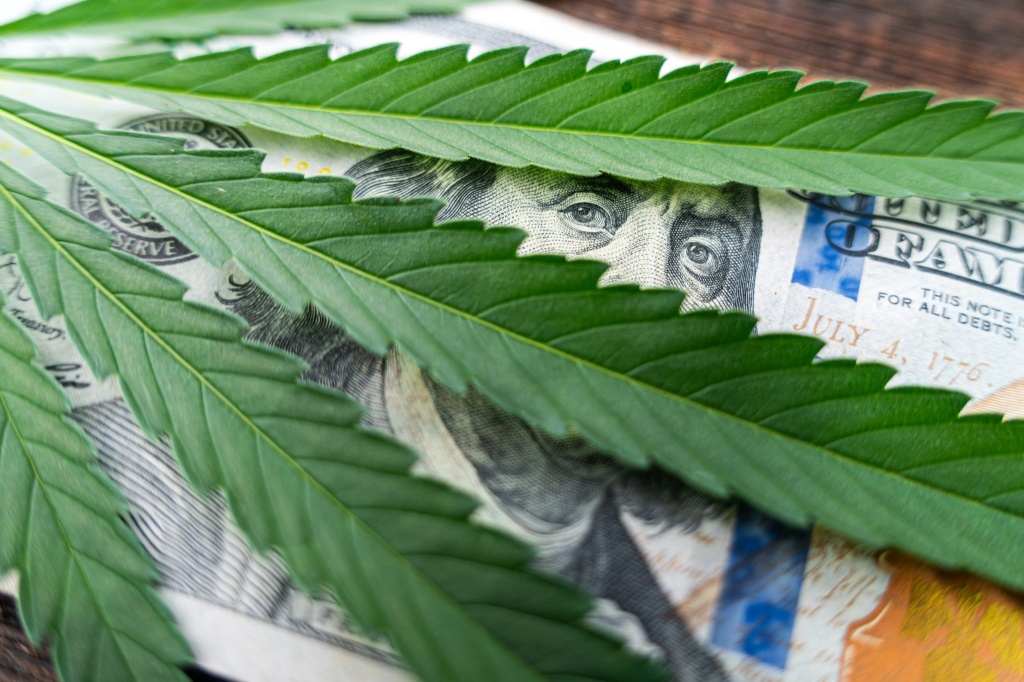The ‘Green Rush’ is over: welcome to the Age of Discipline in cannabis

For more than a decade now, the cannabis industry has run on adrenaline. Companies chased market share, expansion headlines, and billion-dollar valuations, assuming the Green Rush would never end.
But it has.
And what’s left isn’t a crash so much as a reckoning. The days of “grow fast, figure it out later” are behind us. The winners from here will be the ones who treat cannabis as what it truly is: a business.
RELATED: AI could revolutionize cannabis retail — most stores aren’t ready
You could call it the age of discipline. It’s less glamorous than hype, but it keeps the lights on. Operational and fiscal discipline, knowing exactly how much every gram costs from trim to shelf, and whether that cost is creeping up or down, is what separates sustainable companies from the ones racing each other to the bottom.
You can tell which is which by how they talk about marketing. Many cannabis brands still believe “brand” means a cool logo and a few pop-ups. That’s not brand building; that’s decoration. True brands build demand: They get customers walking into dispensaries asking for them by name. Very few companies in the cannabis industry practice this.
Instead of learning how to deepen loyalty where they already sell, most chase expansion for its own sake – planting flags in new states without the support necessary to ensure that products sell once they are on dispensary shelves. It’s the difference between going wide and going deep: The former burns cash and attention, while the latter compounds trust and profitability.
In this way, many brands are really only the equivalent of the little stickers on bananas or avocados: interchangeable, forgettable, and unconvincing.
RELATED: 5 mistakes cannabis marketers keep making—and how to fix them
An effective consumer marketing program addresses the entire journey a customer takes from becoming aware of a brand or product to returning to the store to buy it repeatedly. This is a concept that’s second nature in consumer packaged goods but is largely missing in the cannabis industry.
At the top of that funnel is awareness, where many brands get stuck: That merch hat someone spots at the grocery store, or a must-attend event that makes them curious about who we are. Then comes consideration, or the middle of the funnel: connecting the dots between brand promise and product experience. Then purchase, or conversion – that magical bottom-of-the-funnel moment when a consumer chooses your vape cart over 25 others on the shelf.
And finally, loyalty, the repeat behavior that proves you’ve earned trust.
Every step in that funnel has to be engineered. We plan it. We measure it. And we never assume the customer will make it to the next stage without a nudge. That’s why we should put as much care into field marketing as we do into manufacturing.
In the cannabis industry, the budtender is the gatekeeper. They’re the ones who actually hand over the product and can make or break a sale by changing the shopper’s intention to purchase your product with a single recommendation.
Ignore them and you’re done.
RELATED: How cannabis data is influencing policy
Smart teams spend more time in dispensaries than anywhere else. Product demonstrations and brand “pop-ups” for customers are usually a waste of time – you’ll only connect with the handful of customers that happen to come through while you’re there. Instead, build a regular practice of bringing them love in the form of lunch, swag, and anything else that shows that you respect and value their important role in the customer journey. A budtender wearing your logo is worth more than any billboard on the highway.
The Green Rush made a lot of noise. The Age of Discipline won’t. It’s quieter, steadier, and more sustainable. Companies that learn to think like CPG operators, master the customer journey, honor their budtenders, and know their numbers will define the next decade of cannabis.
*This article was submitted by Ryan Hunter, Chief Revenue Officer at Spherex, an unpaid guest contributor. The opinions or statements within do not necessarily reflect those of GreenState or HNP. The author is solely responsible for the content.